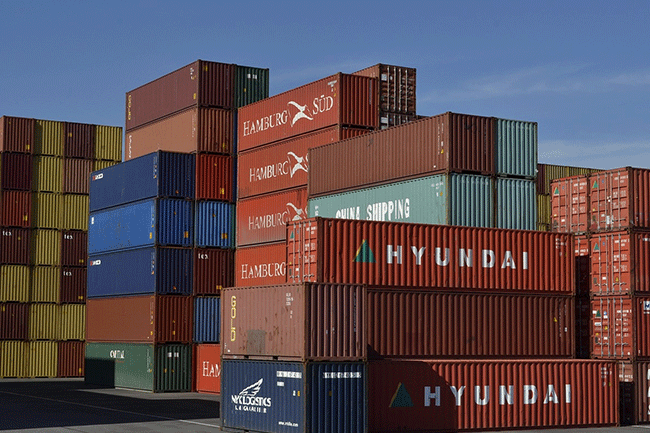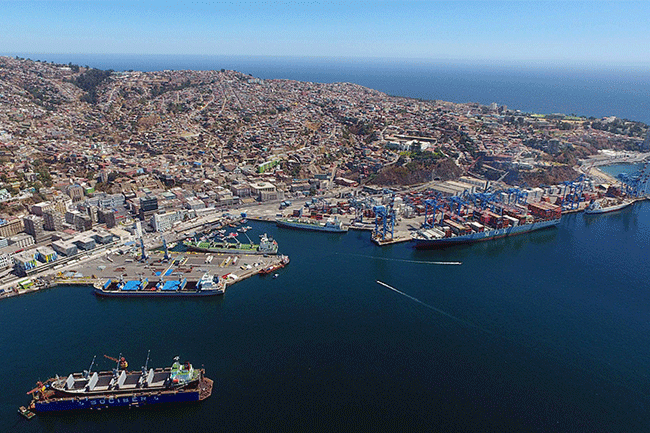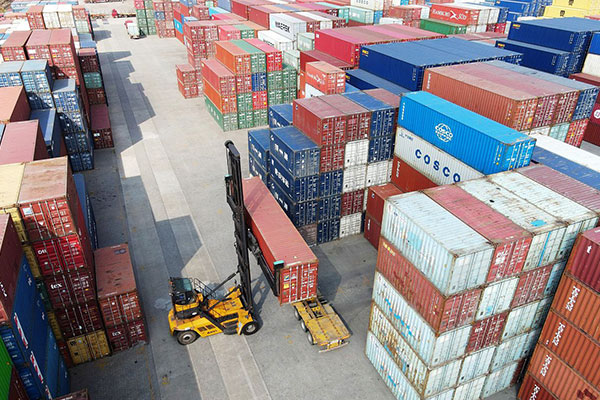- Shanghai Zhongshen International Trading Co., Ltd. – Your reliable partner with 20 years of import/export agency service expertise.

Italian red wineImport Agent ServicesComplete process analysis
In today’s globalized world, Italian red wine—prized for its distinctive flavor and profound cultural heritage—has become “l(fā)iquid gold” in the eyes of countless importers. Yet bringing wine into the country is no simple task; it involves intricate procedures and stringent regulations. This article will walk you through the entire process of acting as an import agent for Italian red wine, helping you launch your venture smoothly.
Select reliable suppliers
First, selecting a reputable Italian wine supplier is crucial. You can look for suppliers through the following channels:
- Attend international wine exhibitions such as Vinitaly to connect directly with producers.
- Use B2B platforms like Alibaba to filter for qualified suppliers.
- Obtain referrals through industry associations or chambers of commerce.
When selecting a supplier, be sure to evaluate their qualifications, production capacity, and reputation to ensure product quality and supply stability.
Understand import regulations and standards
Imported red wine must comply with relevant Chinese laws and standards, which mainly include:
- Food Safety Law: Ensuring that red wine complies with China’s food safety standards.
- Labeling Requirements: Wine labels must include Chinese-language information such as the product name, place of origin, and alcohol content.
- Tariffs and VAT: Stay informed on the latest tariff and VAT policies to plan your costs effectively.
It is recommended to work with a professional customs broker, such asZhong Shen International Trade Co., Ltd., ensuring compliant operations.
Sign contracts and arrange logistics
After reaching an agreement with the supplier, a detailed import contract must be signed, clearly specifying the following terms:
- Product specifications and quantity
- Price and payment method
- Delivery time and location
- Quality Assurance and Claims Clause
At the same time, arrange reliable logistics services to ensure the safety and timeliness of the wine during transit. Common shipping methods includeMaritime transportAndAir freight, choose based on the actual situation.
Customs declaration and clearance
After the red wine arrives at a Chinese port, customs declaration and clearance are required. The main steps include:
- Submit relevant documents, such as invoices and packing lists,Origin CertificateBooks, etc.
- Pay customs duties and value-added tax.
- Conduct commodity inspection and quarantine to ensure compliance with Chinese standards.
Sino-Trade offers one-stop customs clearance services to help you efficiently complete the entire customs process.
Warehousing and Distribution
After customs clearance is completed, the wine must be properly stored to preserve its quality. Choose a professional warehousing service that guarantees a constant temperature and humidity environment. Then, distribute according to market demand; common channels include:
- Wholesalers and retailers
- Food & Beverage and Hospitality
- E-commerce Platform
Develop a sound pricing strategy and marketing plan to enhance market competitiveness.
Important Considerations
When importing Italian red wine, the following points should also be noted:
- Cultural Differences: Understand Italy’s business culture and etiquette to build strong cooperative relationships.
- Market Research: Gain an in-depth understanding of market demand and competitive conditions in China, and develop targeted marketing strategies.
- Risk Management: Purchase insurance to guard against risks during transportation and storage.
By following the steps and considerations above, you will be able to smoothly launch your Italian wine import agency business, seize market opportunities, and achieve business growth.
Related recommendations
- 瑞士黑巧克力進(jìn)口代理全攻略:單證合規(guī)與物流優(yōu)化的專業(yè)通關(guān)指南
- A Comprehensive Guide to Clearing Customs for Japanese Imported Cookies: Practical Guidelines for Documentation, Logistics, and Cross-Market Operations
- Guidelines for the Full Process of Importing Red Wine and Clearing Customs: How Professional Agents Can Solve the Challenges of Documentation and Logistics
- Full-process Import Agent for Australian Wine: A Professional Practice Guide for Document Compliance and Logistics Temperature Control
- A Comprehensive Guide to Importing Cookies from New Zealand: An Analysis of Professional Foreign Trade Services Focusing on Two Core Aspects—Documentation and Logistics
? 2025. All Rights Reserved.










